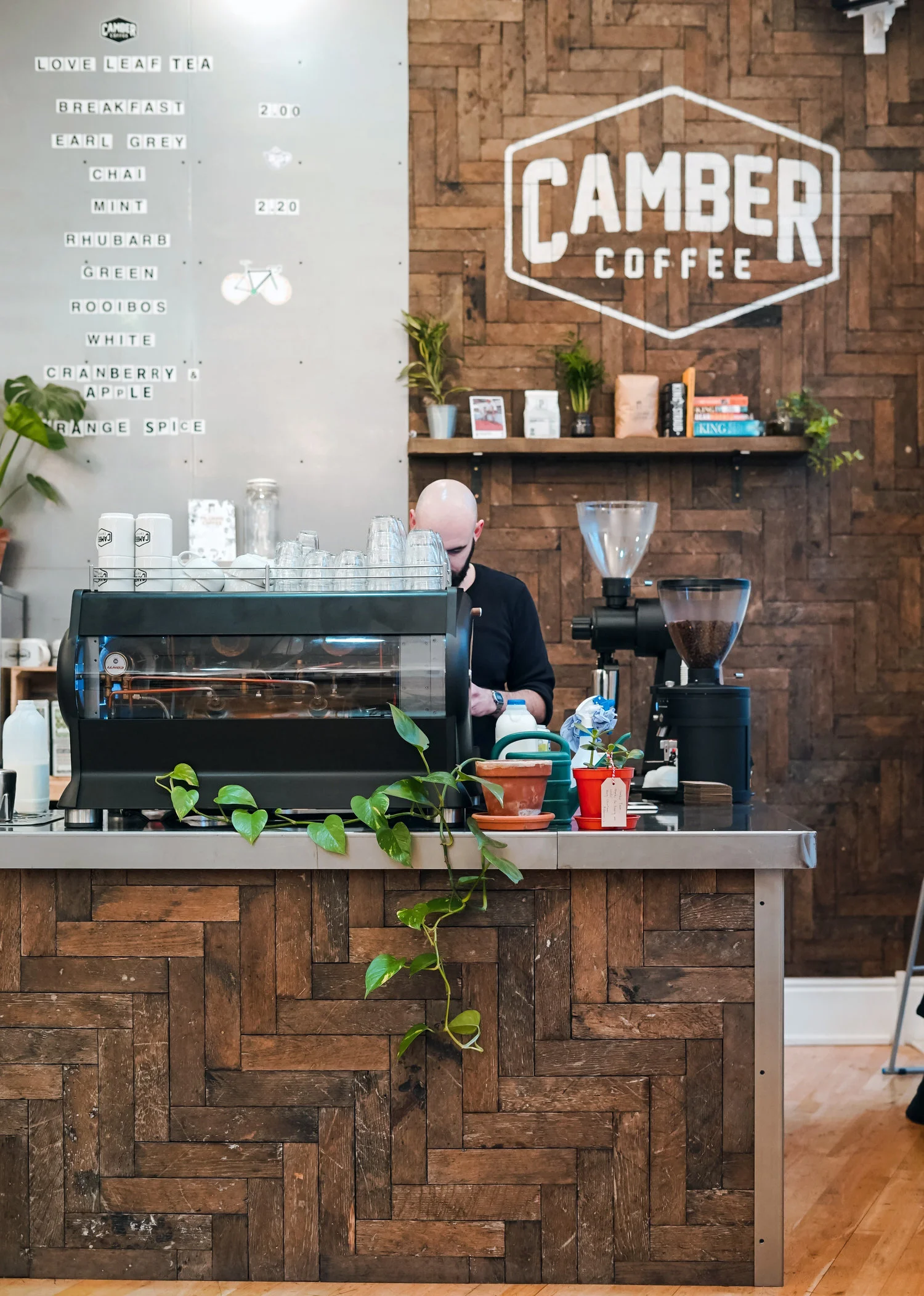This is our last blog post of 2020! After recharging out of the office we’ll be back on January 13, 2021 with fresh blog content. Have a topic request for 2021? We’d love to address any subject you need help with on our blog! Contact us here to share a topic suggestion or leave a comment on this blog post!
For our last blog of the year, we’ve got an impactful and moving holiday campaign from Crisis Assistance Ministries to share with you.
The mission of Crisis Assistance Ministry (CAM) is to provide assistance and advocacy for people in financial crisis, helping them move toward self-sufficiency. They serve as a one-stop shop for Mecklenburg families facing poverty. Whether providing a coat to a woman who is homeless, a utility payment for a single father who is trying to keep his home warm, or rental assistance for a veteran who has fallen on hard times, they preserves the dignity of customers while preventing homelessness and eviction.
This was our second year working with CAM on their annual holiday campaign, and we were thrilled to get the opportunity to support this important cause. The work we did for this holiday giving campaign included designing a campaign logo, letter, card, and envelopes.
This year’s campaign focused on a theme of “giving the gift of HOME.” Home stands for Help, Opportunity, Motivation, and Empathy. Early designs of the logo spelled out this acronym, but in the end, we opted for a simple logo design and the cozy imagery of a home decorated for the holidays.
The campaign logo depicts the silhouette of a home, a heart, a key, and a light to draw a key connection between CAM’s services and the campaign.
The card design features a caretaker and child looking out into the snowy night from the warmth of their home. Simple, yet classic, this scene evokes a wide range of emotions in the viewer – hopefully inspiring them to provide the gift of HOME to a deserving family.
This campaign launched in November and is still going on today! If you’d like to learn mor or make a donation, head over to crisisassistance.org/holiday.
Hue & Tone Creative: Design for non-profits
Is your non-profit looking to launch a campaign of its own? Hue & Tone offers flexible and creative design solutions for nonprofits of all sizes. Let’s build a purposeful partnership today – reach out to learn more about cost-effective options for 501(c)3 nonprofits.
















